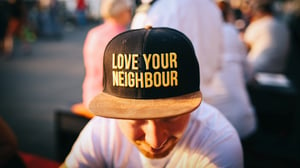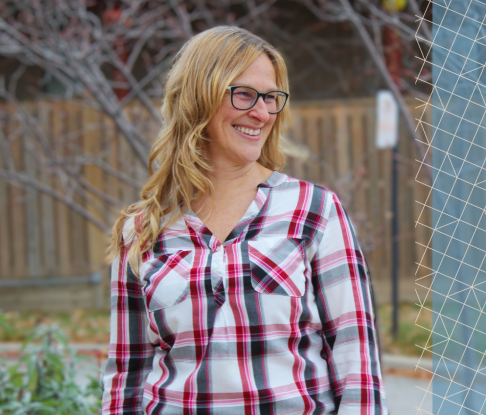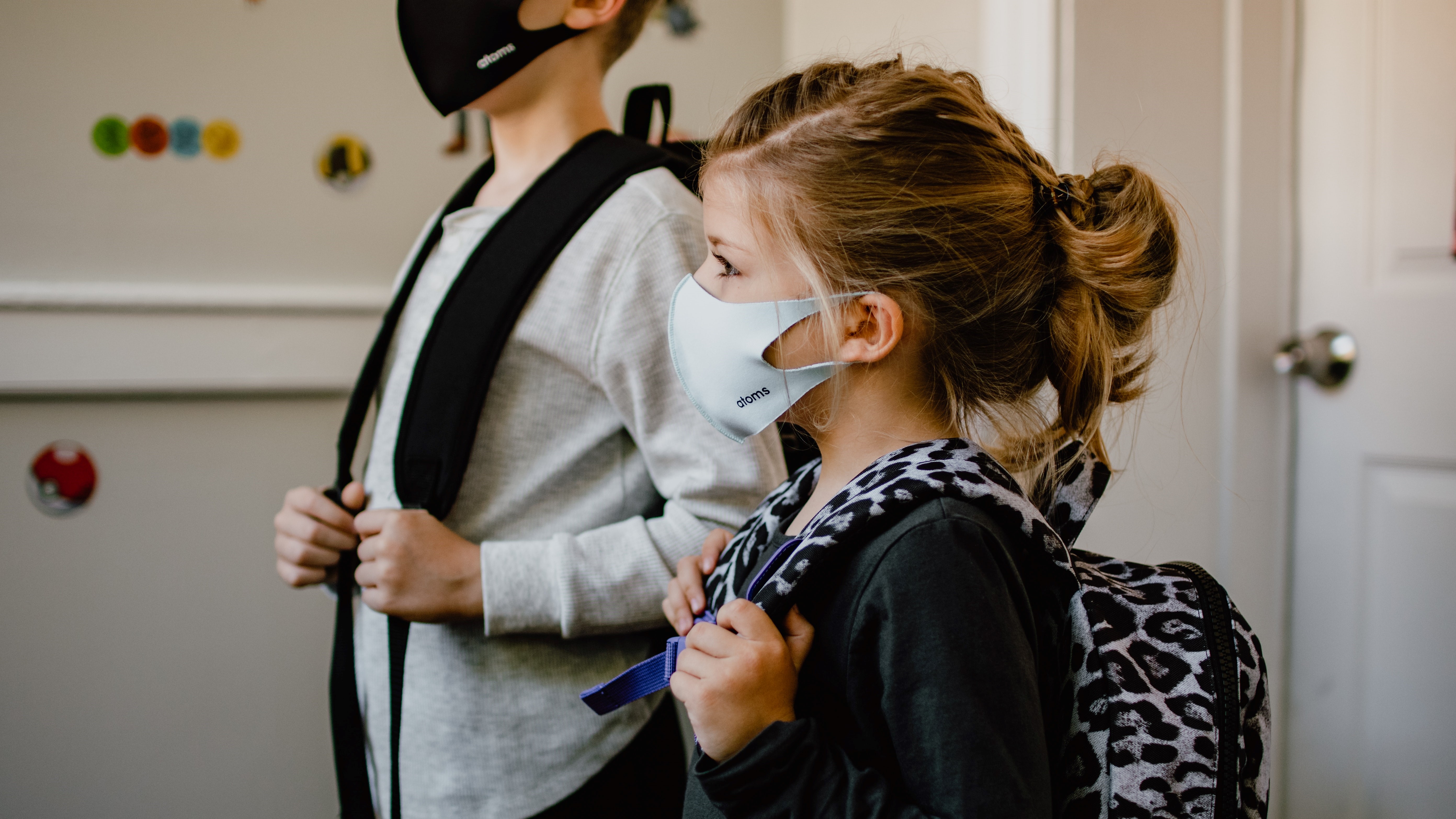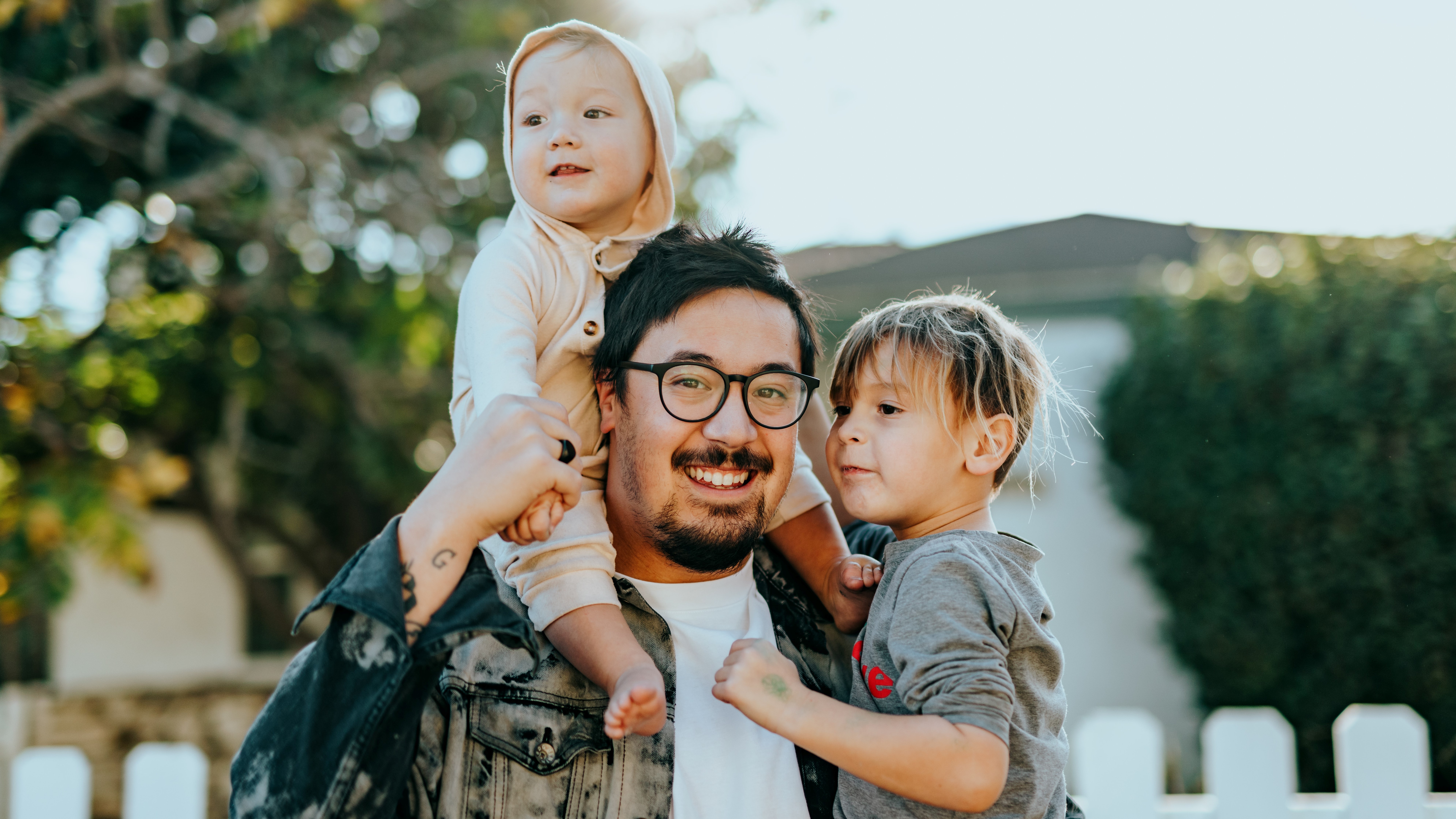As COVID-19 cases start to go down, mass vaccinations are happening and communities are starting to think about the future and open, up we find ourselves at a crossroad. COVID has affected our jobs and families, shut down communities and created social disconnection. As we move to developing community recovery plans, we need to consider what we have learned from the last year and think about how to we build back better.
Four dimensions of community
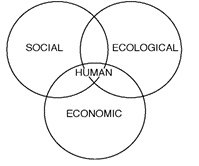
Most recovery frameworks focus on the economy, but the pandemic effected more than just economy. It shut down communities and stopped people from socializing; it closed parks and prevented people from helping each other.
In the documentary The Great Disconnect (2019), Dr. Trevor Hancock suggests that community is made up of four dimensions:
- The Human dimension is about healthy, skilled, innovative and creative people who are engaged in their community. The concept revolves around one’s individual assets and capacities to give to community.
- The Natural dimension is about a healthy ecosystem and sustainable resources: our parks, rivers and greenspace.
- The Social dimension relates to how we interact with each other – our social networks.
- The Economic dimension focuses on the need for economic prosperity that is sufficient to provide jobs and the ability to feed, clothe and house everyone.
Neighbours as first responders
What we have heard from communities across Canada is that, during the first wave of COVID, it was the local citizens – the neighbours – who were able to react and support community faster than governments and organizations.
This revelation isn’t surprising. Research shows that, in an emergency, the first person to respond to your crisis will probably not be someone who’s officially trained to be a first responder (a police officer, paramedic or firefighter); it will be your neighbour. Furthermore, there is a lot of social science research that shows that social capital is a bigger driver of recovery than income.
Unpacking social capital
Social capital is about the value of social networks, bonding similar people and bridging between diverse people, with norms of reciprocity. Quoted in the 2007 OECD book Human Capital, author Lyda Hanifan refers to social capital as “the tangible assets [that] count for most in the daily lives of people: namely goodwill, fellowship, sympathy, and social interactions among the individuals and families who make up a social unit.”
Writing about social capital in relation to disability and self-determination, Allison Lourash, a doctoral student at Walden University, explained it as follows:
One way to think about social capital is to think about all the benefits of making friends. Being connected to others, trust, shared resources, and collective action can be segments of social capital. Social capital creates a network when help is needed and just as important- as the opportunity to help your friends when they need help (reciprocity).
Building social capital within communities
To recover from a pandemic or disaster, we need to build social capital in our communities. One way to do this is to harness the assets and gifts that emerged from the disaster, learn from them and use this learning to build out a recovery plan.
Here are four stories that share how social capital was built in four communities:
- St Albert, AB: Investing in Social Capital Pays off During a Crisis
The City of St. Albert’s efforts to cultivate social capital in the years leading up to the pandemic yielded dividends when the crisis hit. Neighbours stepped up to take care of one another and make sure no one was left behind. Research has shown that connected communities like St. Albert are more resilient and can respond more quickly during emergencies. - Halifax, NS: Exploring the Importance of social Capital
We need to call for and support initiatives that draw community together at the grassroots level because this is where essential social capital is being built. To keep building leadership in this field, we need to rethink how these often small and under resourced actions and projects are funded for sustainability to achieve the outcomes we all need. - Catharines, ON: Harvesting Local Gifts and Assets through community gardening
A community garden is a place that instills self-confidence and promotes a caring community by connecting neighbours with one another and the natural world around them. It is also an opportunity for citizens, organizations and municipalities to work together to provide low-barrier opportunities in public spaces driven largely by resident leadership. - Nova Scotia: Crafting Social Capital One Home at a Time
COVID-19 has brought about a cultural shift regarding how we spend our time: More energy is being spent learning new talents and working on projects. Stores are reporting shortages on craft supplies, baking ingredients and lumber because people are learning or relearning hands-on skills. What this amounts to is leveraging community assets and creating new community spaces by putting private space into the commons.
Leveraging social capital in COVID-19 recovery
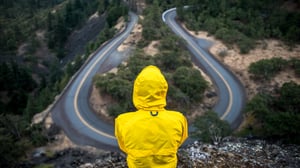 How can you build social capital into your community recovery plans?
How can you build social capital into your community recovery plans?
- As an individual
Go out, meet your neighbours and make friends! Being active in your neighborhood, getting involved in the groups that have similar interests and connecting others to your community – these are great ways to build social capital. - Find and support community connectors
Albert, AB, has as a thriving Neighbourhood Connection Program that supports a wide variety of initiatives aimed at building connections among residents, including block parties, Little Free Libraries and Neighbourhood Connection Kits. Read our blog post about some of the many other community connector programs across Canada. - Asset mapping
Asset mapping is a vehicle that enables members of a community to identify, discover and connect with each other. Abundant Community Edmonton in Edmonton, AB, used asset mapping to create more connections among neighbours through shared activities and interests. These connections increased relational networks, grew the neighbourhood’s sense of community and increased neighbours’ ability to work together towards common goals.
The Lakeview Harbourside housing complex in Oshawa, ON, used asset mapping to compile a two-and-a-half-page list of gifts and assets in the neighbourhood that people wanted to learn more about and could share to create resident-led programing for their community centre. - Provide spaces for sharing
The LifeSchoolHouse folk school in Nova Scotia is piloting adult folk school programming in urban and rural venues. One of the elements is called a Makers Swap, a monthly gathering where people gather in someone’s home to trade what they have made for items others have created.
Building a foundation for community change
Increasing connectedness and building social capital require organizations, groups, governments and citizens to work together to build relationships. Cities Deepening Community has been working with cities and organizations across Canada for the past couple of years to address loneliness and connectedness, and we have built momentum within communities to bring residents together to create a necessary foundation for positive community change and to deepen community resilience.
To learn more about how Cities Deepening Community can support you in building neighbourhood plans visit our website.
